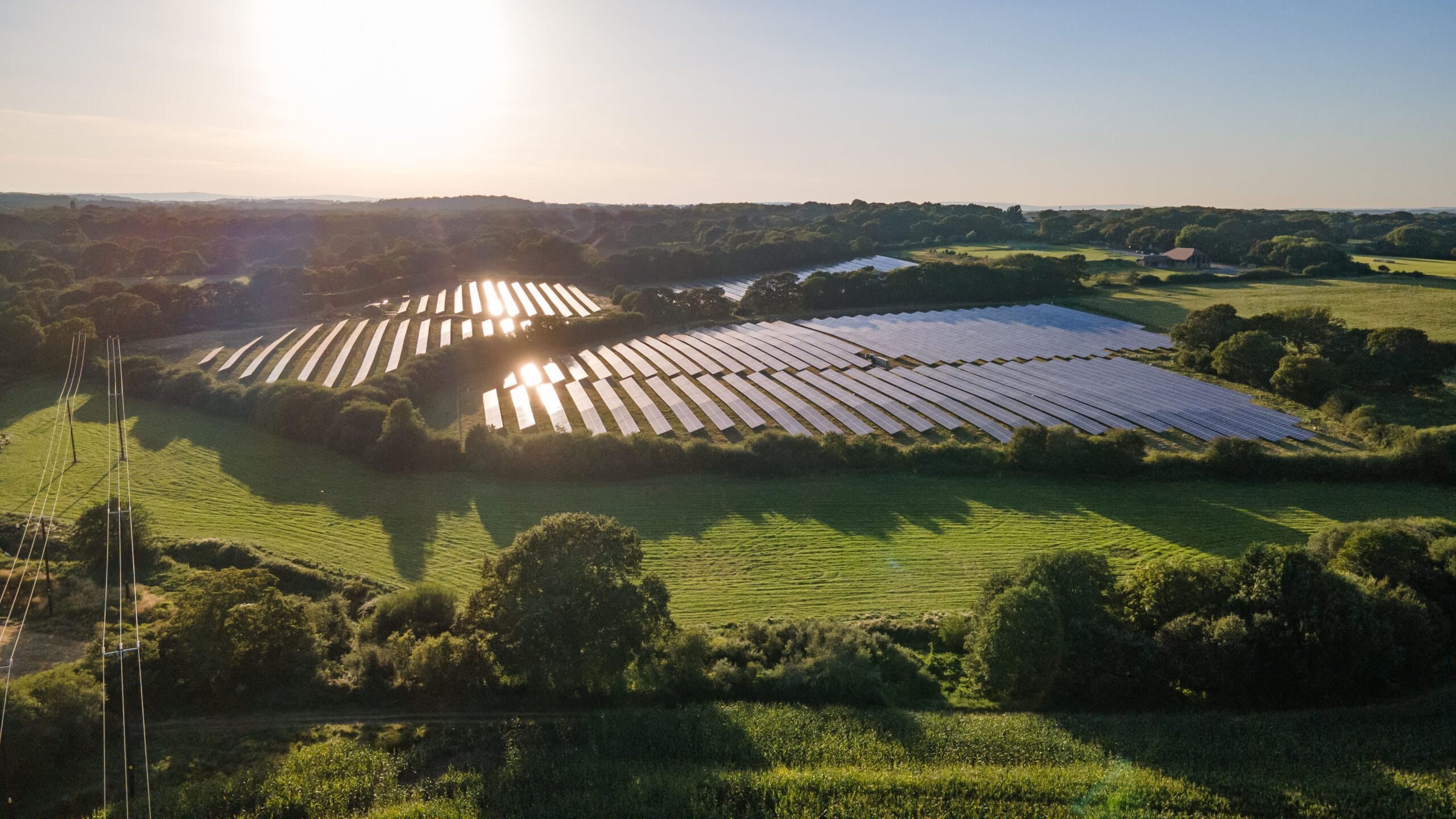Bridging the gap to sustainable homes
A residential development has gained resolution to grant planning permission on greenfield land north of the M27 in Funtley, Hampshire. The Reside Developments scheme will deliver 55 dwellings, including three self-build homes, and a community building incorporating space for a local shop. The successful outcome was achieved, in part, thanks to plans developed by Motion for conversion of a motorway bridge into a cycleway and footpath, to improve the site’s connectivity with Fareham.

The bridge is currently used by a farmer to access agricultural land. By altering its use, a continuous public right of way will be created from Funtley Road to Thames Drive, south of the M27 in Fareham. Close liaison was required between the county and borough councils and Highways England. According to Reside Developments’ Planning Director, Andrew Munton, “The Motion consultants connected well with the relevant authorities. Their tenacity and professionalism helped drive the scheme to a positive conclusion.”
Good connections
The new development, south of Funtley Road, will contribute to the sustainability of the wider area. Motion Associate Director, David McMurtary adds, “One of the big challenges to overcome for the site was the issue of sustainability. Persuading Highways England to approve conversion of the old agricultural bridge will help to improve connectivity between Funtley and Fareham, as well as encouraging low-carbon travel choices.”
Hampshire County Council was initially concerned about the proposals for the site, in respect of the potential impact on the local highway and accessibility for pedestrians and cyclists. Motion’s consultants recommended highway improvements for pedestrians, including a footway extension and crossing facilities on the site. Segregated routes will be provided across the bridge, and will integrate with pedestrian and cycle paths within the development. The improved pedestrian routes will link with local bus stops, offering residents of the new housing development connections to amenities and nearby transport interchanges.
An abridged version of this article first appeared in the Winter 2018/19 issue of Insight.
Image credit: © fabrik



